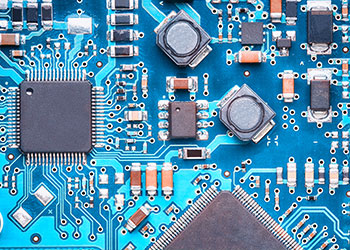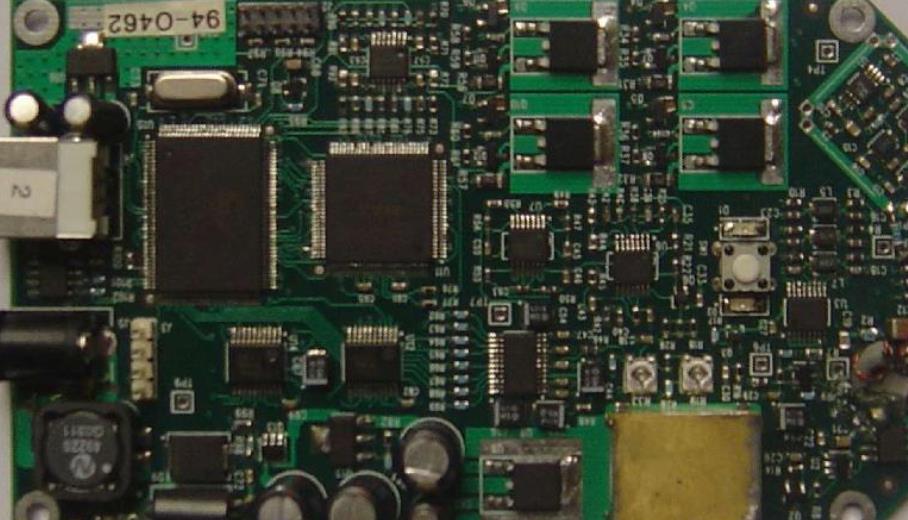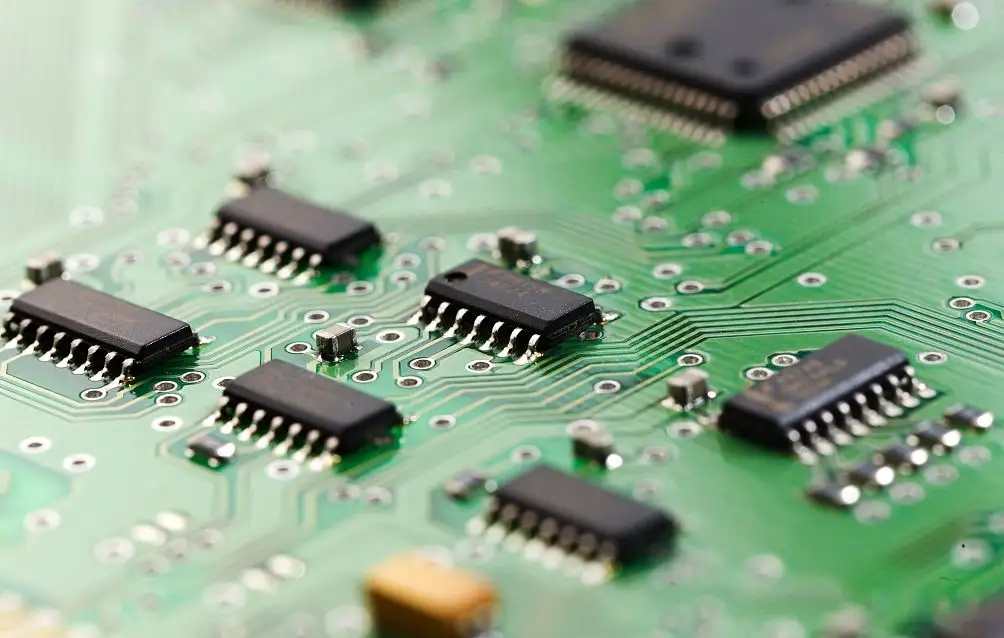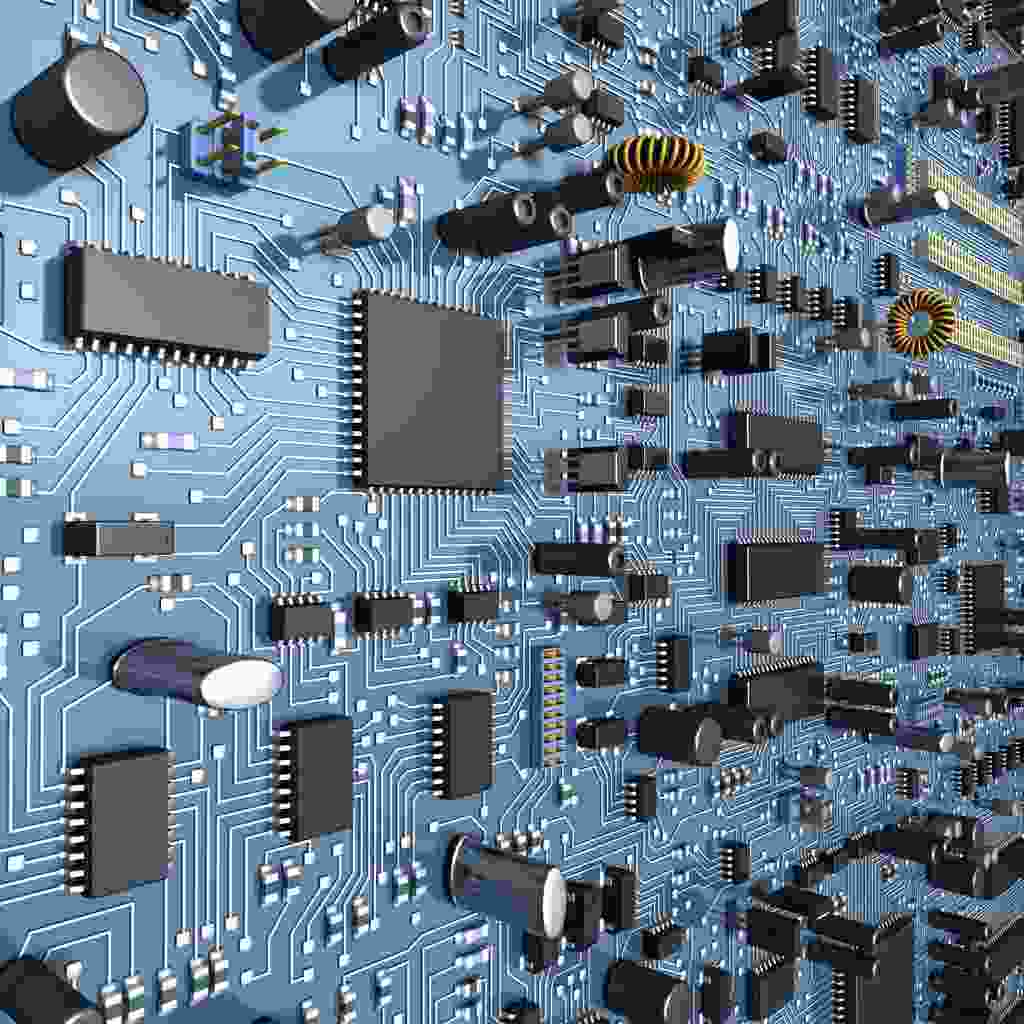鑫景福致力于满足“高品质”PCBA订购单需求。

Assembly false welding, cold welding and Surface Mount Technology
SMT wafer processing plant deals with false welding and cold welding
SMT wafer processing plants may encounter problems such as faulty soldering, cold soldering and wICking during lead-free wafer processing. How can chip processors solve these problems?
The first problem is faulty soldering, which is usually caused by the following reasons: poor solderability of components and pads, improper reflow soldering temperature and heating speed, incorrect printing parameters, too long stagnation time after printing, poor change of solder paste activity, etc.
The solutions are as follows: strengthen the selection of PCB and components to ensure good welding efficiency; Adjust reflow temperature curve; Change the pressure and speed of the scraper to ensure good printing effect; Use solder paste as soon as possible after printing and reflow soldering.
The second problem is cold welding. The so-calLED cold welding refers to that the surface of the welding spot is dark and rough, and will not melt with the object to be welded. Generally speaking, the formation of cold welding in SMT wafer processing is mainly caused by improper heating temperature, solder deterioration, too long preheating time or too high temperature.
Another problem is wicking. Tin/lead solder paste rarely appeared before, but this problem often occurs when using lead-free solder paste. This is mainly because the wetting and spreading speed of lead-free solder paste is not as fast as that of lead solder paste. The main reason for the wicking phenomenon is the high thermal conductivity and rapid temperature rise of the component pin. Since this solder preferentially wets the pin, the wetting force between the solder and the pin is much greater than that between the solder and the pad., The rise of lead will aggravate the occurrence of wicking phenomenon.
General solution: During reflow soldering, SMA should be fully preheated, then placed in the reflow furnace, carefully check and ensure its solderability PCB pad Coplanarity of welded parts cannot be ignored Defective equipment shall not be used in production
Assembly method of SMT processing technology
On traditional THT PCB, components and solder joints are located on both sides of the board, while on Kunshan SMT chip PCB, solder joints and components are located on the same side of the board. In SMT smt pcb, through hole is only used to connect wires on both sides of the PCB. The number of holes is much smaller, and the diameter of holes is much smaller. This can greatly improve the assembly density of circuit boards. Improvement
Selecting the appropriate assembly method according to the specific requirements of the assembly products and the conditions of the assembly equipment is the basis for efficient and low-cost assembly and production, and is also the main content of SMT wafer processing process design. The so-called surface assembly technology refers to the assembly technology that is suitable for surface assembly of wafer structural elements or miniaturized elements, which are placed on the surface of the printed circuit board according to the requirements of the circuit, and assembled by reflow soldering or wave soldering and other welding processes to form electronIC components with certain functions.
On traditional THT PCB, components and solder joints are located on both sides of the board, while on SMT SMT PCB, solder joints and components are located on the same side of the board. In SMT SMT PCB, through hole is only used to connect wires on both sides of the PCB. The number of holes is much smaller, and the diameter of holes is much smaller. This can greatly improve the assembly density of circuit boards. Improve the following editor organization and introduce the assembly method of SMT chip processing technology.
1. SMT one-sided hybrid assembly method
The first type is single-sided mixed assembly, that is, SMC/SMD and through-hole parts (17HC) are distributed on different sides of PCB, but the welding surface is only single-sided. This assembly method uses single-sided PCB and wave soldering (currently double wave soldering is commonly used), and there are two specific assembly methods.
(1) Paste first. The first assembly method is called the first connection method, that is, first connect the SMC/SMD to the B side (welding side) of the PCB, and then insert the THC into the A side.
(2) Posting method. The second assembly method is called mounting method, that is, first insert THC on the A side of PCB, and then install SMD on the B side.
2. SMT double-sided hybrid assembly method
The second type is double-sided hybrid assembly. SMC/SMD and T HC can be mixed and distributed on the same side of PCB. At the same time, SMC/SMD can also be distributed on both sides of PCB. Double sided mixed assembly adopts double sided PCB, double wave soldering or reflow soldering. In this assembly method, there are differences between SMC/SMD or SMC/SMD. Generally, it is reasonable to select according to the type of SMC/SMD and the size of PCB. Generally, the first paste method is used more. Two assembly methods are usually used in this type of assembly.
(1) SMC/SMD and iFHC are on the same side, and SMC/SMD and THC are on the same side of PCB.
(2) SMC/SMD and iFHC have different side methods. Put surface mount integrated chips (SMICs) and THCs on the A side of the PCB, and place SMCs and small outline transistors (SOTs) on the B side.
In this assembly method, the SMC/SMD is installed on one or both sides of the PCB, and the lead components that are difficult to surface assemble are inserted into the assembly. In addition, this assembly density is quite high.
Assembly method and process flow SMT wafer processing is mainly dependent on the type of surface mount component (SMA), the type of components used and the condition of assembly equipment Generally speaking, shape memory alloys can be divided into three types: single-sided hybrid assembly, double-sided hybrid assembly and full surface assembly, with a total of six assembly methods Different types of shape memory alloys have different assembly methods, and the same type of shape memory alloys can also have different assembly methods
SMT wafer processing plant deals with false welding and cold welding
SMT wafer processing plants may encounter problems such as faulty soldering, cold soldering and wICking during lead-free wafer processing. How can chip processors solve these problems?
The first problem is faulty soldering, which is usually caused by the following reasons: poor solderability of components and pads, improper reflow soldering temperature and heating speed, incorrect printing parameters, too long stagnation time after printing, poor change of solder paste activity, etc.
The solutions are as follows: strengthen the selection of PCB and components to ensure good welding efficiency; Adjust reflow temperature curve; Change the pressure and speed of the scraper to ensure good printing effect; Use solder paste as soon as possible after printing and reflow soldering.
The second problem is cold welding. The so-calLED cold welding refers to that the surface of the welding spot is dark and rough, and will not melt with the object to be welded. Generally speaking, the formation of cold welding in SMT wafer processing is mainly caused by improper heating temperature, solder deterioration, too long preheating time or too high temperature.

Another problem is wicking. Tin/lead solder paste rarely appeared before, but this problem often occurs when using lead-free solder paste. This is mainly because the wetting and spreading speed of lead-free solder paste is not as fast as that of lead solder paste. The main reason for the wicking phenomenon is the high thermal conductivity and rapid temperature rise of the component pin. Since this solder preferentially wets the pin, the wetting force between the solder and the pin is much greater than that between the solder and the pad., The rise of lead will aggravate the occurrence of wicking phenomenon.
General solution: During reflow soldering, SMA should be fully preheated, then placed in the reflow furnace, carefully check and ensure its solderability PCB pad Coplanarity of welded parts cannot be ignored Defective equipment shall not be used in production
Assembly method of SMT processing technology
On traditional THT PCB, components and solder joints are located on both sides of the board, while on Kunshan SMT chip PCB, solder joints and components are located on the same side of the board. In SMT smt pcb, through hole is only used to connect wires on both sides of the PCB. The number of holes is much smaller, and the diameter of holes is much smaller. This can greatly improve the assembly density of circuit boards. Improvement
Selecting the appropriate assembly method according to the specific requirements of the assembly products and the conditions of the assembly equipment is the basis for efficient and low-cost assembly and production, and is also the main content of SMT wafer processing process design. The so-called surface assembly technology refers to the assembly technology that is suitable for surface assembly of wafer structural elements or miniaturized elements, which are placed on the surface of the printed circuit board according to the requirements of the circuit, and assembled by reflow soldering or wave soldering and other welding processes to form electronIC components with certain functions.
On traditional THT PCB, components and solder joints are located on both sides of the board, while on SMT SMT PCB, solder joints and components are located on the same side of the board. In SMT SMT PCB, through hole is only used to connect wires on both sides of the PCB. The number of holes is much smaller, and the diameter of holes is much smaller. This can greatly improve the assembly density of circuit boards. Improve the following editor organization and introduce the assembly method of SMT chip processing technology.
1. SMT one-sided hybrid assembly method
The first type is single-sided mixed assembly, that is, SMC/SMD and through-hole parts (17HC) are distributed on different sides of PCB, but the welding surface is only single-sided. This assembly method uses single-sided PCB and wave soldering (currently double wave soldering is commonly used), and there are two specific assembly methods.
(1) Paste first. The first assembly method is called the first connection method, that is, first connect the SMC/SMD to the B side (welding side) of the PCB, and then insert the THC into the A side.
(2) Posting method. The second assembly method is called mounting method, that is, first insert THC on the A side of PCB, and then install SMD on the B side.
2. SMT double-sided hybrid assembly method
The second type is double-sided hybrid assembly. SMC/SMD and T HC can be mixed and distributed on the same side of PCB. At the same time, SMC/SMD can also be distributed on both sides of PCB. Double sided mixed assembly adopts double sided PCB, double wave soldering or reflow soldering. In this assembly method, there are differences between SMC/SMD or SMC/SMD. Generally, it is reasonable to select according to the type of SMC/SMD and the size of PCB. Generally, the first paste method is used more. Two assembly methods are usually used in this type of assembly.
(1) SMC/SMD and iFHC are on the same side, and SMC/SMD and THC are on the same side of PCB.
(2) SMC/SMD and iFHC have different side methods. Put surface mount integrated chips (SMICs) and THCs on the A side of the PCB, and place SMCs and small outline transistors (SOTs) on the B side.
In this assembly method, the SMC/SMD is installed on one or both sides of the PCB, and the lead components that are difficult to surface assemble are inserted into the assembly. In addition, this assembly density is quite high.
Assembly method and process flow SMT wafer processing is mainly dependent on the type of surface mount component (SMA), the type of components used and the condition of assembly equipment Generally speaking, shape memory alloys can be divided into three types: single-sided hybrid assembly, double-sided hybrid assembly and full surface assembly, with a total of six assembly methods Different types of shape memory alloys have different assembly methods, and the same type of shape memory alloys can also have different assembly methods
点击
然后
联系
然后
联系
电话热线
13410863085Q Q

微信

- 邮箱











